Politics and Paint: Barbara Bodichon and the Pre-Raphaelite Brotherhood
- WILMINGTON, Delaware
- /
- January 05, 2019
POLITICS AND PAINT: BARBARA BODICHON AND THE PRE-RAPHAELITE BROTHERHOOD is on view now through February 3, 2019 at Delaware Art Museum.
Barbara Leigh Smith Bodichon (1827–1891) was an early female painter in the Pre-Raphaelite movement and ardent women’s rights campaigner. Landscape was Bodichon’s preferred genre, and her style reflects Pre-Raphaelite principles of careful observation and detailed rendering. Bodichon traveled widely and exhibited at the Royal Academy and Gambart’s French Gallery in Pall Mall, London, among other venues.
Throughout her life she was a tireless reformer and champion of women’s rights. In 1854, she published her A Brief Summary in Plain Language of the Most Important Laws Concerning Women , which was later used to promote the passage of the Married Women’s Property Act 1882. In 1858, she set up the English Woman’s Journal and in 1866, with Emily Davies, developed a strategy to extend university education to women, resulting in the founding of Girton College, Cambridge.
An inheritance from her father, radical Whig politician Ben Leigh Smith, allowed her an independence that was almost unheard of for a woman of the Victorian age. She was a true original spirit, ignoring class and gender restrictions. Rossetti described her as “blessed with… enthusiasm, & golden hair, who thinks nothing of climbing up a mountain in breeches or wading through a stream in none, in the sacred name of pigment.”
In 2016, the Delaware Art Museum acquired the watercolor Ventnor, Isle of Wight (1856), which became the inspiration for this exhibition. Bodichon’s working process will be examined and feature watercolor sketches and drawings from her travels. The approximately 30 works are drawn from the Mark Samuels Lasner Collection at the University of Delaware and recent acquisitions in the Museum’s permanent collection.
This exhibition is organized by the Delaware Art Museum with financial support provided, in part, by a grant from the Delaware Division of the Arts, a state agency, in partnership with the National Endowment for the Arts. The Division promotes Delaware arts events on www.DelawareScene.com.








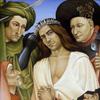
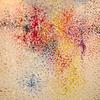
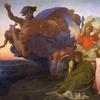
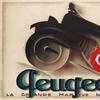

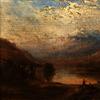
100x100_c.jpg)